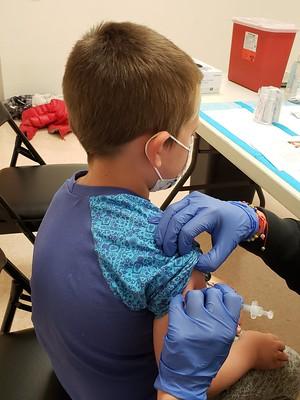Infection
COVID mRNA vaccines offer strong protection for young kids, data reveal
A study yesterday in JAMA Network Open based on outcomes seen among Singaporean children ages 4 years and younger showed good protection for two doses of monovalent mRNA COVID vaccines during an Omicron surge.
The authors said the findings support vaccinating this age-group, despite low incidence of severe disease or hospitalization.
The study was conducted from October 1, 2022, to March 31, 2023, after all Singaporean children ages 1 to 4 had been vaccinated with mRNA two-dose vaccines in a community vaccination campaign following approval of vaccines for this age-group in August 2022.
The 6-month study period coincided with an Omicron XBB surge in Singapore, during which schools remained open, mask wearing was optional, and close contacts of COVID-19 cases were allowed to remain in school if well.
63% to 75% effective in preventing infections
A total of 121,628 children (median age, 3.1 years) were included in the study, contributing 21,015 ,956 person-days of observation. A total of 45,693 children (37.6%) had a prior SARS-CoV-2 infection, with most having had prior infection during the earlier Omicron BA.1/2 wave, the authors said.
In kids with no previous COVID-19, vaccination was 63.3% effective in protecting against infection. Protection was higher, 74.6%, in those with a documented prior infection. Data were insufficient to assess vaccine effectiveness in fully vaccinated children with prior SARS-CoV-2 infection, the authors said.
There were no hospitalizations among fully vaccinated children, and no deaths were reported during the study.
Rapid increases in pediatric COVID-19 infections coinciding with periods of high community transmission may still place health care systems under strain.
Though vaccinating children under the age of 5 is debatable, the authors said, “Rapid increases in pediatric COVID-19 infections coinciding with periods of high community transmission may still place health care systems under strain.”

